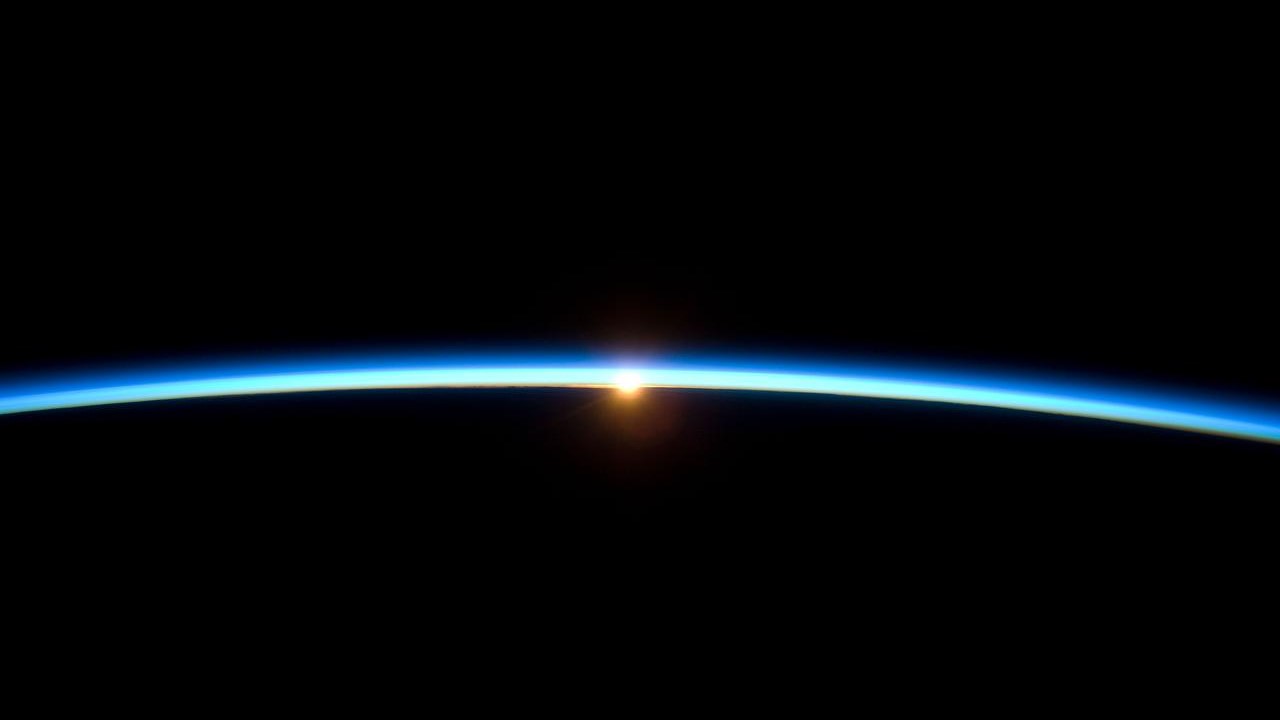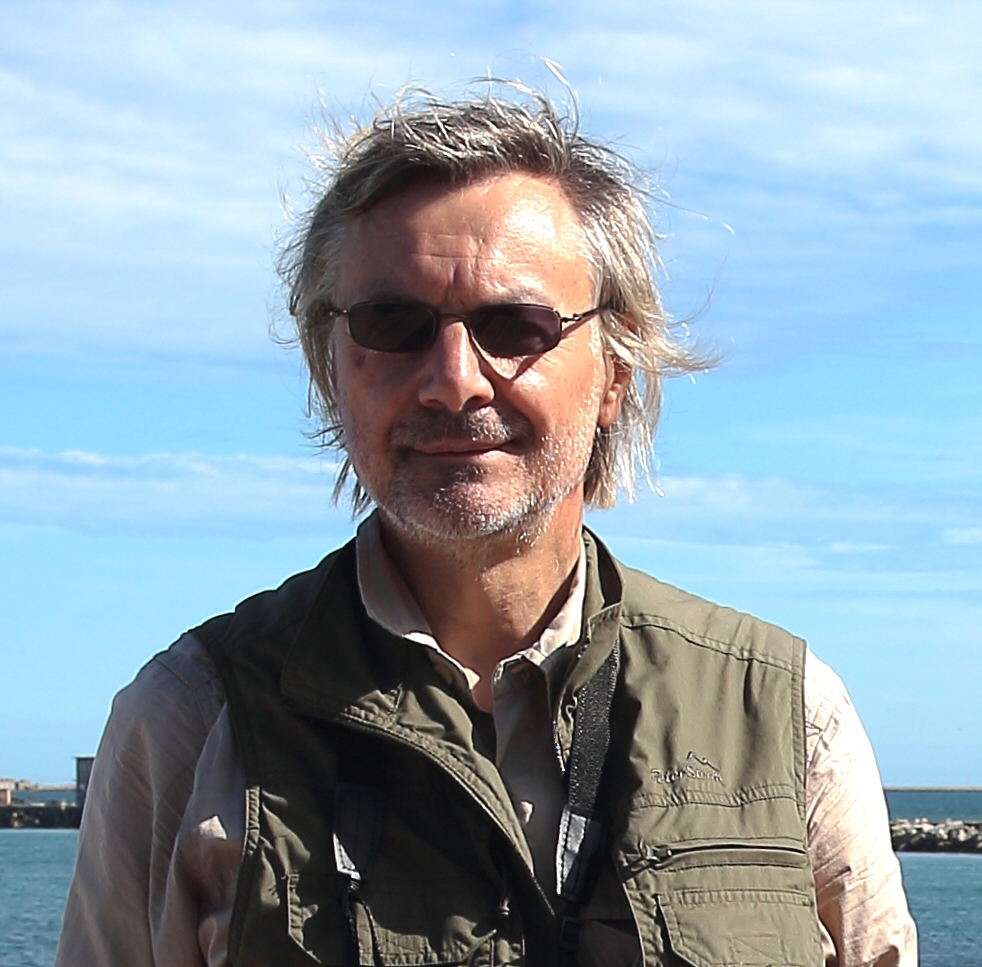The Kármán Line: Where does space begin?
Pinning down exactly where outer space starts isn't as easy as you might think.

The Kármán line is a boundary 62 miles (100 kilometers) above mean sea level that borders Earth's atmosphere and the beginning of space. However, defining exactly where space begins can be rather tricky and depends on who you ask. This is because Earth's atmosphere doesn't end abruptly but instead gets thinner and thinner at higher altitudes, which means there's no definitive upper boundary.
International law states that "outer space shall be free for exploration and use by all" according to NOAA. But due to a variety of definitions of where space actually begins and no definitive law that confirms the true boundary. The "where space begins" door has been left wide open, inviting a host of different interpretations.
For NASA and the U.S. military, for example, space starts at an altitude of 50 miles (around 80 kilometers), according to NOAA. However to the international community, including the Fédération Aéronautique Internationale (FAI), space starts a little higher, at 62 miles (100 km), at the Kármán line.
Related: Earth's layers: Exploring our planet inside and out
The theory behind the Kármán line

As an aircraft ascends to a higher and higher altitude, the density of the surrounding air gets lower and lower. This means the cabin air needs to be pressurized to enable people to breathe, but this also has an effect on the way the aircraft flies.
The aircraft is kept aloft by an aerodynamic force called lift, which needs to counterbalance the downward pull of gravity. The lower the air density, the faster the aircraft has to travel in order for its wings to generate the necessary lift.
But there's a second way in which traveling at high speed can counteract gravity. It was discovered by Isaac Newton in the 17th century, long before the science of aerodynamics was born. In fact, Newton ignored atmospheric effects altogether and simply wondered what would happen if a cannonball were fired horizontally at increasingly high speed.
The answer is that it travels further and further before falling back to Earth. Eventually, when it reaches "orbital speed," the cannonball goes all the way around the planet without ever hitting the ground.
Fast forward to the middle of the 20th century, when a Hungarian-American aerospace engineer named Theodore von Kármán asked a simple question. At what altitude does the speed need to keep an aircraft aloft through aerodynamic lift become so high that it exceeds orbital velocity?
Kármán did the necessary calculations, then rounded the answer to that memorable figure of 100 kilometers (62 miles). This altitude is now known as the "Kármán line" in his honor.
An alternative definition?
Considering the controversy surrounding whether starts at around 50 miles (80 km) or 62 miles (100 km), some people ask whether it would be easier to just define space as the absolute point at which Earth's atmosphere ends. But this definition would complicate things even further.
To travel beyond the reaches of Earth's atmosphere would take you about 6,000 miles (10,000 km) above Earth's surface to the top of the highest layer of Earth's atmosphere — the exosphere. The exosphere marks the very edge of our atmosphere, so why shouldn't it also mark the beginning of space?
The International Space Station (ISS) orbits Earth at an average altitude of 248 miles (400 kilometers) and Low Earth-orbiting satellites remain at altitudes of less than 620 miles (1,000 km). With the space boundary at this new height of 6,000 miles (10,000 km), most of our Earth-orbiting spacecraft would no longer be considered "spacecraft" and any ISS visitors, for example, would no longer be called astronauts.
This new definition would just muddy the definition of space waters even more than the two definitions we currently have of 50 miles (80 km) and 62 miles (100 km). So for now, they're our best options.
Additional resources
For more information about the work of Theodore von Kármán and the Kármán line, check out NASA's biography on the pioneer and "Theodore Von Kármán, 1881-1963" by Sydney Goldstein.
Bibliography
NASA. (2019, October 2). Earth's atmosphere: A multi-layered cake — climate change: Vital signs of the planet. NASA. Retrieved November 11, 2022, from https://climate.nasa.gov/news/2919/earths-atmosphere-a-multi-layered-cake/
NASA. Earth atmosphere. NASA. Retrieved November 11, 2022, from https://www.grc.nasa.gov/WWW/K-12/airplane/atmosphere.html
Types of orbits. ESA. Retrieved November 11, 2022, from https://www.esa.int/Enabling_Support/Space_Transportation/Types_of_orbits
Where is space? NESDIS. Retrieved November 11, 2022, from https://www.nesdis.noaa.gov/news/where-space
Join our Space Forums to keep talking space on the latest missions, night sky and more! And if you have a news tip, correction or comment, let us know at: community@space.com.
Get the Space.com Newsletter
Breaking space news, the latest updates on rocket launches, skywatching events and more!

Andrew May holds a Ph.D. in astrophysics from Manchester University, U.K. For 30 years, he worked in the academic, government and private sectors, before becoming a science writer where he has written for Fortean Times, How It Works, All About Space, BBC Science Focus, among others. He has also written a selection of books including Cosmic Impact and Astrobiology: The Search for Life Elsewhere in the Universe, published by Icon Books.










